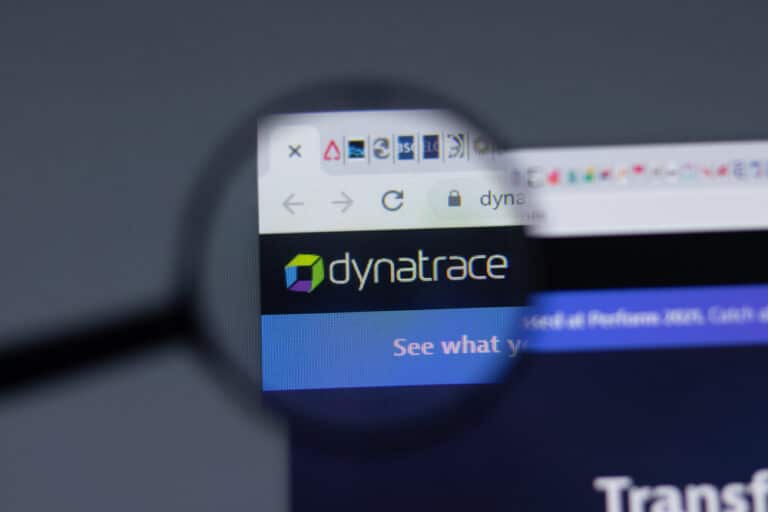Site reliability teams will have an easier time managing messaging and databases across major cloud platforms.
Dynatrace announced this week that it has extended its platform’s observability and advanced AIOps capabilities to all major serverless architectures. In addition to existing support for AWS Lambda, this includes Microsoft Azure Functions, Google Cloud Functions, as well as managed Kubernetes environments, messaging queues, and cloud databases across all major cloud providers. As a result, DevOps, and site reliability engineering (SRE) teams can automatically analyze, troubleshoot, and optimize serverless applications to drive innovation at scale.
Serverless computing is a cloud computing model where infrastructure providers such as Amazon Web Services Inc. and Microsoft Corp. will manage computer servers on behalf of their customers. The advantage of this is that it frees up teams to focus only on their applications without worrying about the infrastructure that supports them.
Traceability has become essential for cloud vendors
Patrick Thurner, Technical Product Manager for Dynatrace, described the new release in a blog post.
“Serverless applications often consist of hundreds of loosely coupled services from multiple disparate sources,” he explains. This can make it hard to ensure observability and automate tasks., he adds.
Cloud vendors such as Amazon Web Services (AWS), Microsoft, and Google provide a wide spectrum of serverless services for compute and event-driven workloads, databases, storage, messaging, and other purposes. Thurner observes that “It’s becoming increasingly difficult…to get end-to-end visibility and real-time insights into these heavily distributed, complex environments.” With the increase of interconnected functions and other services, end-to-end traceability becomes essential, Thurner concludes.
“While serverless architectures offer greater scalability and flexibility, they generate massive amounts of data and few answers about how to optimize the infrastructure and applications that run on them,” said Steve Tack, SVP of Product Management at Dynatrace. “By providing full end-to-end observability across multicloud serverless offerings, and enabling teams to automate operations with precise, AI-powered insights, Dynatrace allows organizations to adopt modern approaches that speed innovation while ensuring the best experience for customers.”
These enhancements to Dynatrace will be generally available to customers within the next 90 days, the company said.
